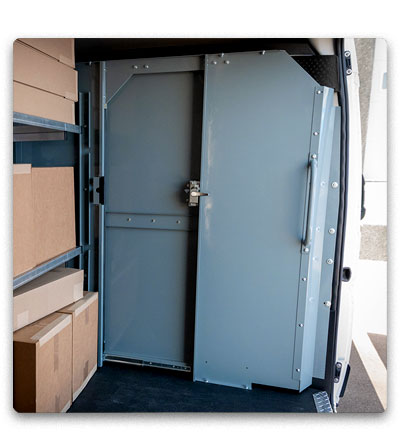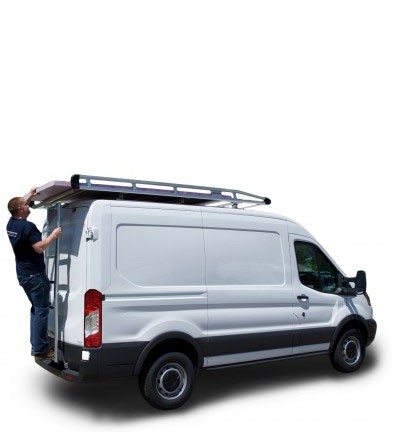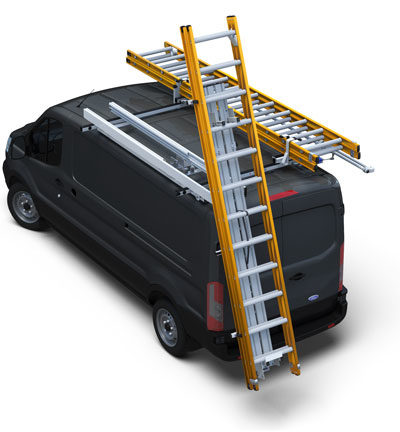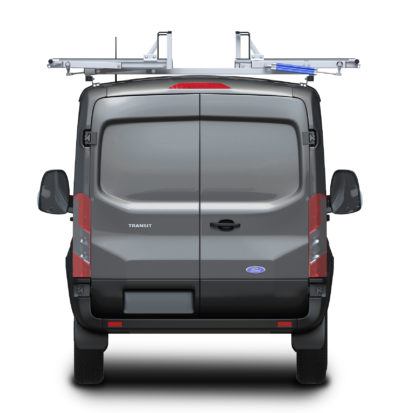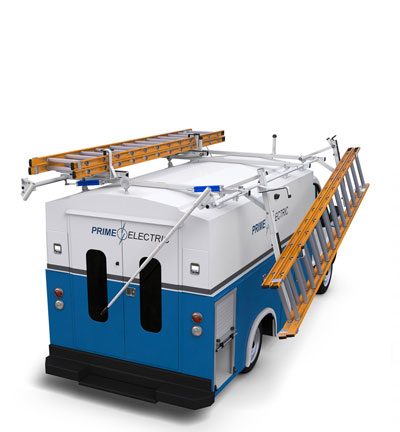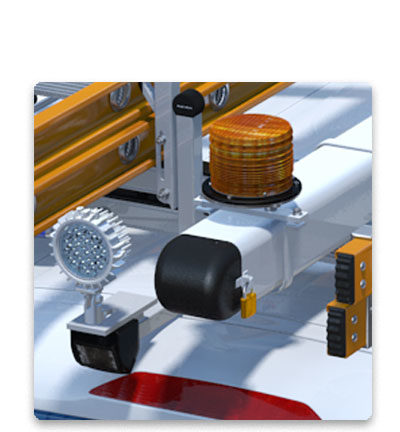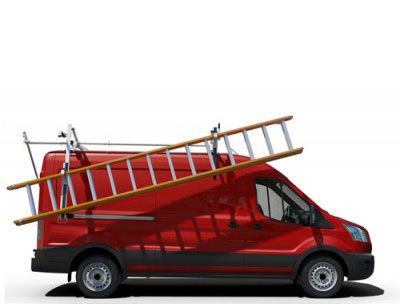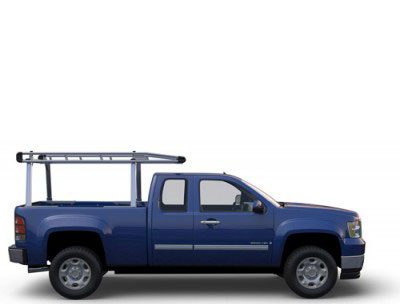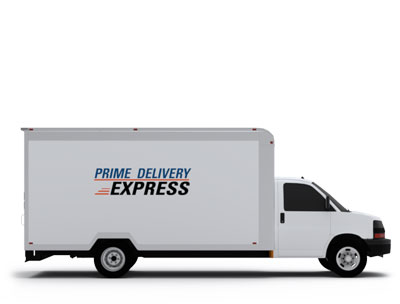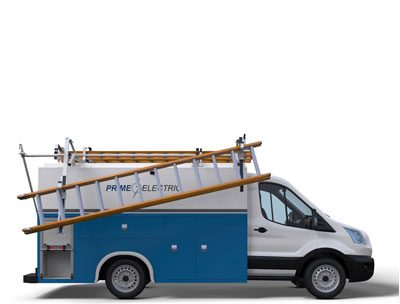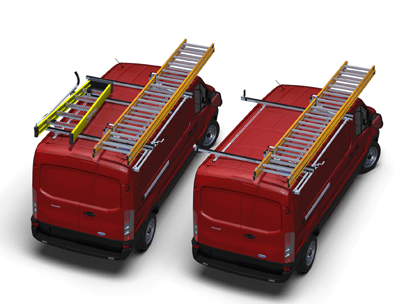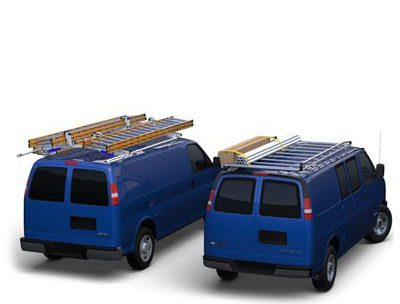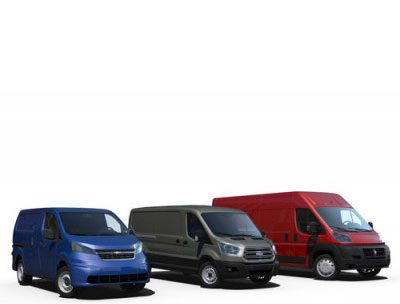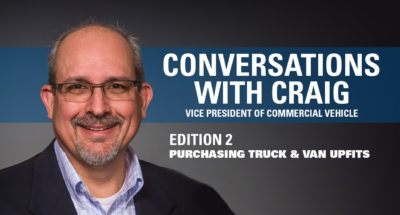
In the previous edition of Conversations with Craig, we chatted about spec’ing truck and van upfits – exploring common errors that fleet managers make, tips on how they can improve their process for future projects, and some industry trends. Learning about the spec’ing process seemed like a natural lead-in to drawing on Craig’s experience when it comes to purchasing upfits, and that’s exactly what we did. What follows is a transcript of our conversation as we delved into the world of purchasing (or leasing) truck and van upfits.
Gabe: Craig, thanks for taking the time to chat with me today! I know you’re a busy man, so let’s get straight to it – once a fleet has gone through the process of spec’ing their upfits, what’s a common mistake you’re seeing when it comes to purchasing them?
Craig: In any market, there’s always going to be Good, Better, Best – sometimes you can buy a great product at a very cost-effective price, but you also need to account for how long that vehicle will be in service. If it’s going to be a short-term use, then you might be able to get away with a basic, low-cost product that doesn’t meet the longevity or the appearance levels that are required by many fleets today. Image is everything – fleet owners want a vehicle that will looks as good five years from now as it did the day they bought it. Because of that, you need to have a finish to the product that holds up. With that in mind, a person may choose a powder coat over wet spray enamel because it’s got a better abrasion scale. They may choose stainless steel hardware over trichromate hardware because stainless steel can hold up exceptionally well in corrosive snow-belt markets where there’s lots of pre-wetting and salt and brine solutions applied. So, it’s really key to have an understanding of the expectations for the vehicle. It is a great practice for the fleet managers to advise the supplying partners with the lifespan requirements on the equipment.
Gabe: Absolutely, communicating those expectations upfront will make everyone’s lives easier in the long run. What are your thoughts on buying vs. leasing vehicles and how that can potentially affect the decision-making process?
Craig: Based on some vocational markets, the fleet may not be able to lease the vehicle because of what they want to do with it – severe service environments and the like. And others would rather the vehicle be an asset, rather than them just paying for the depreciation of the vehicle.
Gabe: So, for applications where the jobs being done are going to be harder on the vehicle, it probably makes more sense to buy rather than lease – that makes a lot of sense. Do you have any thoughts specific to leasing vehicles? Perhaps as it applies to the equipment being installed?
Craig: Yes – in a leasing scenario, something to keep in mind is whether the equipment they’re putting on the vehicle has the possibility of becoming a transferrable asset from one leased vehicle at turn-in to the next leased vehicle. There are many products out there today that are transferrable assets. By going that route, it gives the fleet management company, or the fleet, a more attractive vehicle coming out of service that’s able to appeal to a broader spectrum of potential buyers. So, a vehicle that has a lot of that ancillary gear on it may only be acceptable to that specific vocation market, whereas if you were able to take some of that off, that vehicle may provide tremendous value to a broader field of vocational markets – and that means more potential buyers.
Gabe: More potential buyers, and you’re able to keep equipment in the family, so to speak. I’d imagine it’s advantageous to be able to quickly uninstall something like the Professional Truck Rack and install it on a new vehicle rather than having to order a completely new component, wait for it to ship, etc.
Craig: Absolutely. Less downtime is always going to be a good thing.
Gabe: Do you have any advice for fleet managers that’s specific to purchasing upfits?
Craig: It’s critical for a fleet manager to have an understanding of the capabilities of those that will be bidding or quoting the product. Is it their core competency? Is it something that they do just every once in a while? Or is it all they do, and they’ve got it down to a science? That repetitive, systematic installation and service by highly skilled technicians at upfit locations is key. They’re faster, have broader attention to detail because that’s all they do, and at times the finished product comes out at a higher level.
Gabe: Specialization equals satisfaction – got it! Anything else related to purchasing an upfit that you’d like to share?
Craig: All manufacturers today are producing a fantastic product. The days of buying a product whose design is substandard are pretty much gone. It’s key that you deal with an upfitter that is certifying their installation and producing an installation that meets or exceeds the FMVSS certification requirements. When in question, I would always recommend reaching out to the NTEA. They have a fantastic resource center and staff which can be a great aid when questions surface. By checking off all the boxes you’re bound to get an upfit that performs to your expectations while also looking out for your company’s reputation and bottom line.



